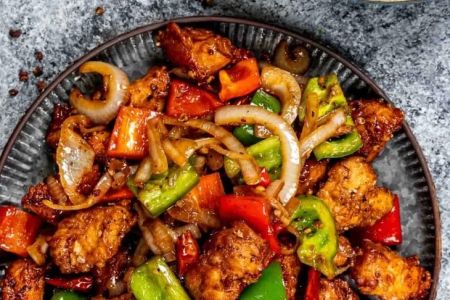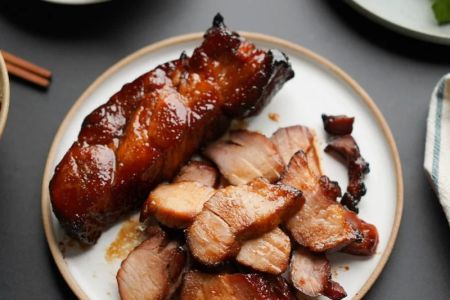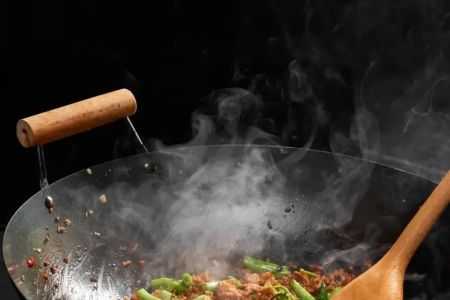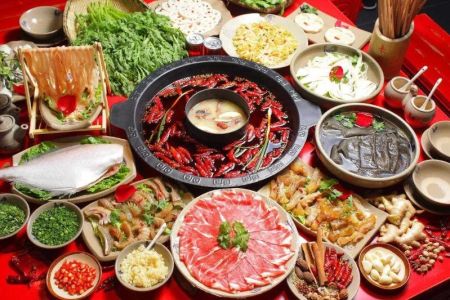How to Navigate a Chinese Menu When You Don’t Speak Mandarin: A Guide for Travelers and Food Lovers
- Understanding Basic Chinese Menu Terms
- Using Pinyin and English Translations
- Helpful Tips for Dining in China
- Exploring New Flavors and Dishes
- How to Use Online Tools for Menu Navigation
- How to Read Menu Pictures
- Trustworthy Restaurants to Try
2. Using Pinyin and English Translations
If you don’t speak Mandarin, don't worry—many restaurants in tourist-friendly areas provide menus with Pinyin (the Romanized spelling of Chinese characters) and even English translations. If you’re traveling to a more local area, the menu might only include Chinese characters. In these cases, relying on Pinyin can be immensely helpful.
For example, you may find dishes listed in Pinyin, like jīròu (鸡肉) for chicken or zhūròu (猪肉) for pork. Even if the entire menu isn’t translated, spotting Pinyin terms can give you a good sense of the dish's ingredients.
3. Helpful Tips for Dining in China
When you sit down in a Chinese restaurant, the menu might look overwhelming. Here are some quick tips to ease the process:
- Ask the waiter to recommend dishes, as they are often familiar with foreign visitors' tastes.
- Look for a picture menu or a digital menu with images to get a better idea of what you're ordering.
- Use a translation app, such as Google Translate, to help bridge the language barrier.
4. Exploring New Flavors and Dishes
Chinese cuisine is incredibly diverse, and each region has its specialties. From the spicy hotpots of Sichuan to the delicate dim sum of Cantonese cuisine, there’s a world of new flavors to explore. Don’t be afraid to try something unfamiliar!
For example, if you see a dish called mápó dòufu (麻婆豆腐), it’s a famous Sichuan-style dish featuring tofu in a spicy, chili-laced sauce. Even if you don’t speak Mandarin, exploring new flavors is one of the best ways to enjoy your dining experience in China.
7. Trustworthy Restaurants to Try
If you’re in a city like Beijing, Shanghai, or Chengdu, you’ll find numerous restaurants offering menus in English. When selecting a restaurant, always check for online reviews and ask your hotel staff or locals for recommendations. Websites like Chinese Food offer insights into trusted restaurants that cater to international visitors.
Learning how to navigate a Chinese menu when you don’t speak Mandarin may seem daunting at first, but with a little preparation, you can enjoy a fantastic dining experience in China. Whether you’re exploring the culinary wonders of Sichuan, Guangdong, or Beijing, embracing the local cuisine will make your trip unforgettable. For further exploration, visit Chinese Food for more dining guides and tips.






![Top Chinese Restaurants for Authentic Cantonese Cuisine in [Your City]](https://img.gochinarose.com/d33/2507/4157910400_450x300.webp)
